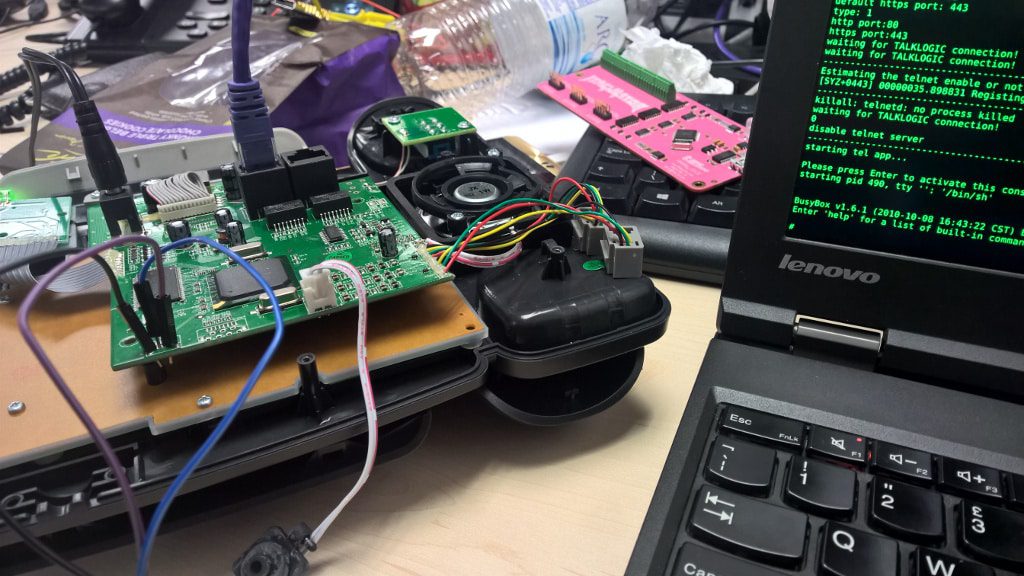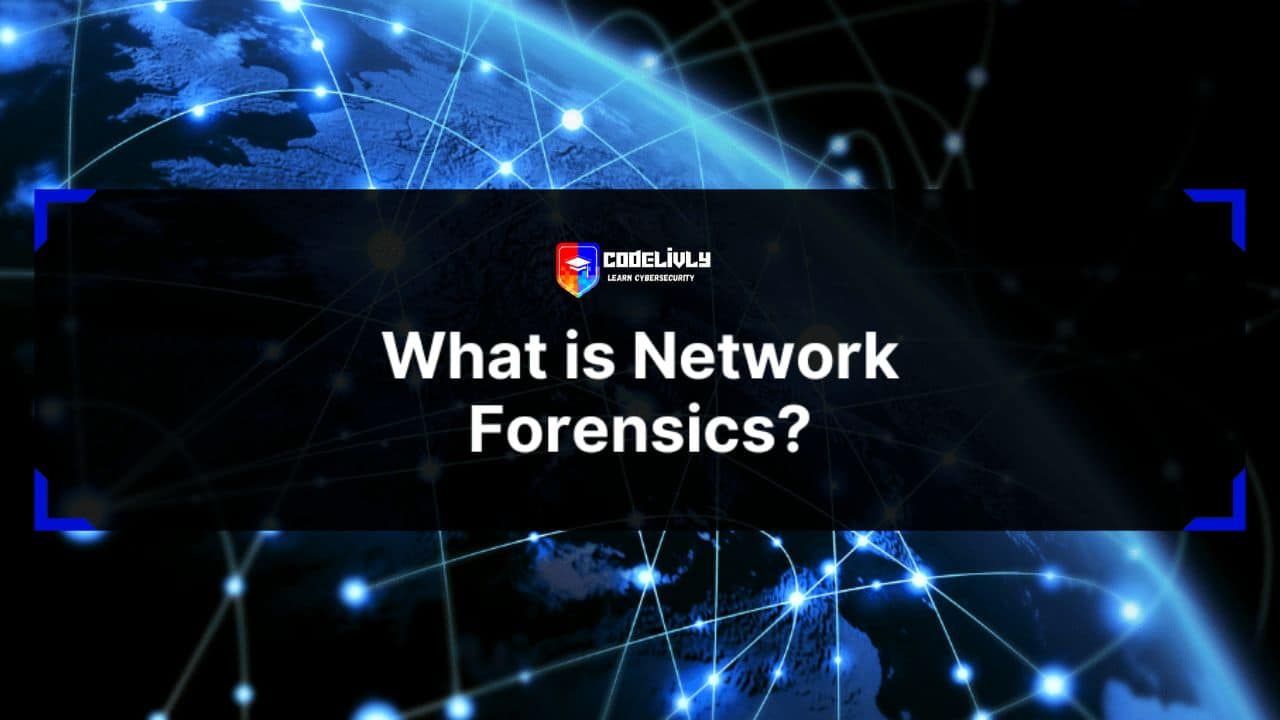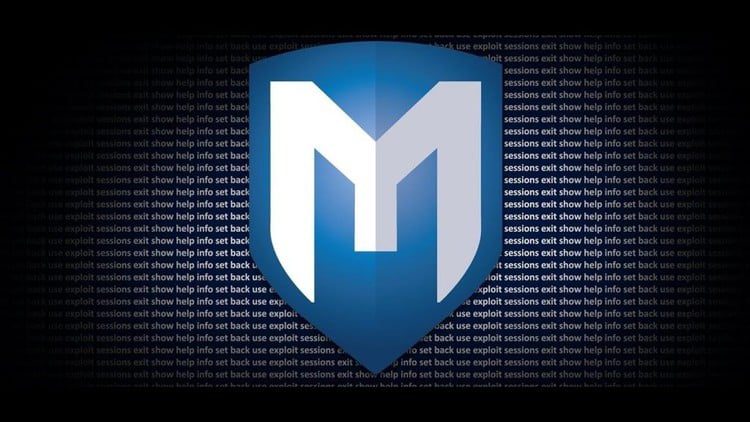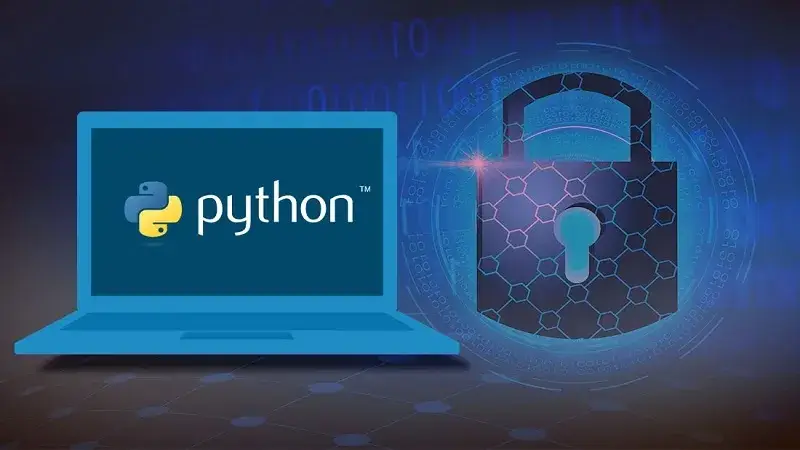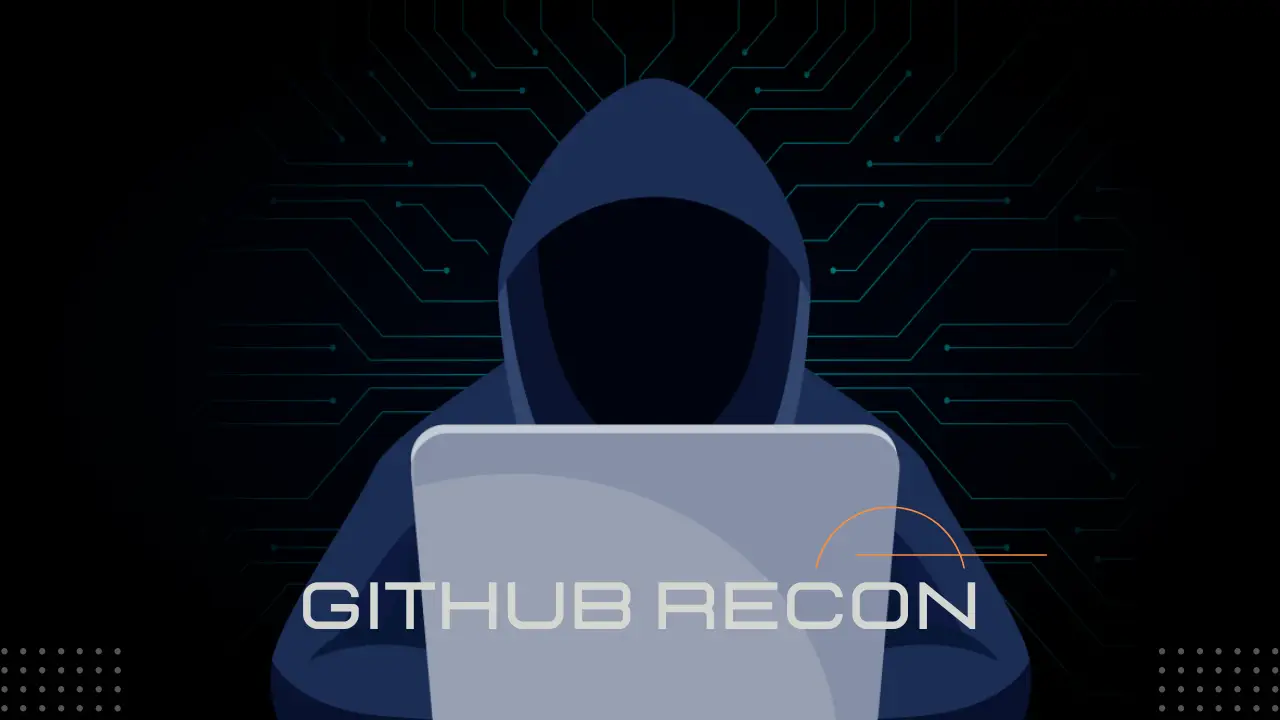Yoo matee, Rocky here, and we’re back with another dive into the wild world of tech. Today, we’re unlocking the mystery behind Remote Code Execution (RCE) – that sneaky maneuver that can turn your digital playground into a hacker’s paradise.
Now, before you start thinking this is just another tech jargon, hold on to your keyboards. We’re about to break it down in the simplest way possible. So, grab your virtual detective hats, and let’s embark on this digital adventure together.
So, you might be wondering, “What’s the buzz about RCE, and why should I care?” Well, my friend, RCE is like the VIP pass for hackers. It’s the gateway to taking control of your computer or server from miles away. Imagine someone sneakily gaining access to your digital fortress, all without knocking on the front door. That’s the essence of Remote Code Execution.
In this article, we’re going to unravel the secrets behind RCE, understand how it happens, and most importantly, discover how to defend our digital turf and many more. So, buckle up, because we’re about to embark on a journey and trust me, it’s going to be one heck of a ride!
What Is Remote Code Execution (RCE)?
 Select an Image
Select an Image
Alright, imagine this scenario: you’re minding your own business, scrolling through the digital landscape, and suddenly, bam! Your system’s been infiltrated. How? It’s the handiwork of something called Remote Code Execution (RCE). Now, let me be your guide through the tech maze and break down what RCE is all about.
So, RCE is like the ninja move of cyber vulnerabilities. It’s that sneaky backdoor that lets hackers run whatever code they fancy on a computer or server, and get this—it’s done remotely, like they’re pulling off some digital magic trick.
Think of it this way: you’re chilling on one end of the internet, and an attacker, miles away, manages to execute code on your machine. No invitation, no warning. That’s the essence of RCE. It falls under the umbrella of arbitrary code execution (ACE), and trust me, RCE is the heavyweight champion in this category.
Why’s it such a big deal? Well, unlike some other vulnerabilities, RCE doesn’t need an attacker to have a backstage pass to your system. Nope, they can just waltz in and take control. It’s like giving someone the keys to your entire digital kingdom. And the consequences? Oh, they’re not light. We’re talking potential data loss, disruption of services, ransomware parties, and even the attacker casually strolling through your IT systems like they own the place.
Arbitrary Code Execution and RCE
Alright, let’s dive a bit deeper, So, we’ve got this thing called arbitrary code execution (ACE), and it’s like the ninja’s toolkit for hackers. In ACE, a crafty attacker sets their sights on a particular machine or network, unleashing their malicious code with a mission.
Now, here’s the twist – all Remote Code Execution (RCE) attacks are a flavor of this ACE concept. Picture it as a subset, but not all ACE situations involve remote shenanigans. Some ACE tricks are up-close and personal, happening right on the targeted computer. It’s like the hacker either rolls up their sleeves, physically gets hold of the device, or tricks the user into downloading some nasty malware.
On the flip side, when we talk about RCE, we’re talking about a more sophisticated approach. It’s the cyber maestro conducting their orchestra from a distance. No need for physical contact or tricking someone into a dubious download. RCE is all about remote control, making it a special category within the broader ACE universe.
So, to sum it up – ACE is the overarching concept, and within that, RCE is the rockstar that thrives on being remote.
How remote code execution (RCE) attacks work
 Select an Image
Select an Image
Alright, buckle up, because we’re about to uncover the mechanics behind these remote code execution (RCE) attacks. Picture it like a cyber heist, but instead of breaking into a bank vault, hackers are breaking into digital systems, all thanks to vulnerabilities in web applications and network infrastructure.
So, how do these RCE attacks work their digital magic? It often boils down to exploiting vulnerabilities – the weak links in the digital chain. These vulnerabilities are essentially flaws in software that open the door for attackers to run their malicious code on a target system. Now, let’s break down some common types of vulnerabilities that are like the hacker’s toolkit for RCE:
- Injection Vulnerabilities: Think of these as the cyber equivalent of sneaking in through the back door. Injection vulnerabilities, like SQL injection or command injection, happen when the software doesn’t properly sanitize input. Crafty attackers can slip in malicious commands, essentially telling the system to execute their code.
- Insecure Deserialization: Imagine sending a parcel, but the recipient interprets it in a totally unexpected way. That’s insecure deserialization. Hackers can manipulate the structure of serialized data, causing the system to misinterpret it upon unpacking. This misinterpretation becomes their ticket to execute code.
- Out-of-Bounds Write: Picture a memory buffer as a designated storage space. An out-of-bounds write is like a sneaky intruder putting data where it shouldn’t be. This can make the system interpret that data as code or crucial control flow information, giving the attacker a foot in the door.
- File Management Tricks: Some applications let users upload files to servers – a seemingly innocent feature that can turn malicious. Hackers exploit this access, uploading files containing their malicious code and tricking the application into running it.
The Malware Connection
Now, let’s talk malware – the digital bad guy’s toolkit. RCE vulnerabilities essentially pave the way for hackers to deploy malware in various ways. It’s like handing them a key to the kingdom. Once in, they can unleash the malware to wreak havoc – be it a denial-of-service (DoS) attack, sneaking a peek at sensitive information, or turning your system into a digital playground for their mischievous deeds.
Common Attack Vectors
 Select an Image
Select an Image
Remote Code Execution (RCE) attacks can exploit various attack vectors, taking advantage of vulnerabilities in different systems and applications. Here are some common attack vectors used by attackers to achieve RCE:
#1. Web Application Vulnerabilities:
Many RCE attacks target vulnerabilities in web applications. Flaws in input validation, inadequate security controls, or misconfigured servers can be exploited to execute arbitrary code remotely.
Example: Exploiting SQL injection in a web application to manipulate database queries and execute unauthorized code.
#2. Network-Based Exploits:
Attackers often target vulnerabilities in network services, protocols, or infrastructure components. Exploiting weaknesses in network configurations can lead to RCE.
Example: Exploiting a vulnerability in a network protocol like SMB (Server Message Block) to execute code on a remote server.
#3. Malicious Email Attachments:
Description: Phishing emails frequently carry malicious attachments that, when opened, exploit vulnerabilities in software on the user’s system, leading to RCE.
Example: Sending an email with a crafted Word document exploiting a vulnerability in the document reader to execute code on the recipient’s machine.
#4. Drive-By Downloads:
Attackers use compromised or malicious websites to deliver malicious code to visitors’ browsers, exploiting vulnerabilities in browser plugins or the browser itself.
Example: Hosting a website that automatically downloads and executes malicious code when a user visits a compromised webpage.
#5. File Upload Vulnerabilities:
Some applications allow users to upload files without proper validation. Attackers can exploit these flaws to upload and execute malicious scripts.
Example: Uploading a file with embedded malicious code to a vulnerable web application, which is then executed on the server.
#6. Remote Exploitation of Network Devices:
Vulnerabilities in routers, switches, or other network devices can be exploited to gain remote access and execute code on the affected devices.
Example: Exploiting a flaw in the firmware of a router to execute code remotely and compromise the entire network.
#7. Memory Corruption Exploits:
Exploiting vulnerabilities that lead to memory corruption, such as buffer overflows or format string vulnerabilities, can enable attackers to execute arbitrary code.
Example: Sending specially crafted input to an application that triggers a buffer overflow, allowing the attacker to inject and execute malicious code.
#8. Social Engineering Attacks:
Attackers may manipulate individuals through social engineering to execute code on their systems, for example, by tricking them into running malicious scripts.
Example: Convincing a user to run a seemingly harmless script that, in reality, executes malicious code on their machine.
Understanding these common attack vectors is crucial for implementing effective security measures, such as regular software updates, intrusion detection systems, and user education programs, to prevent and mitigate RCE attacks.
How Attacker Can Use RCE?
Ouu! Hold on you might be wondering how attackers can unleash chaos using Remote Code Execution (RCE). This is the real deal, where the ability to run malicious code becomes a hacker’s toolkit for a myriad of mischievous deeds. Threat actors use RCE attacks for a variety of reasons:
1. Remote Access Shenanigans: RCE is like the VIP ticket for attackers, granting them that initial foothold on a corporate network. It’s not just a break-in; it’s an invitation to the party. Imagine this: an RCE vulnerability opens the door for attackers to snag login credentials, giving them a free pass to roam the network via a VPN. It’s the digital equivalent of leaving your back door wide open.
2. Malware Unleashed: But wait, there’s more. RCE, though powerful, might have limitations on the scope of code it can execute. No worries for the attackers – they use RCE to download and execute more destructive malware. Picture this: RCE becomes the delivery guy, dropping off ransomware on a vulnerable system. It’s not just about running code; it’s about deploying an arsenal of digital mayhem.
3. Sneaky Data Theft: Now, let’s talk espionage. RCE vulnerabilities give attackers the keys to the kingdom. Running commands within a vulnerable application means they can snoop around the filesystem, databases, and any other treasure trove of sensitive data. It’s not just about getting in; it’s about taking whatever they want.
4. Data Destruction Drama: If you thought data theft was bad, brace yourself. RCE vulnerabilities provide a backstage pass for attackers to wreak havoc. Running DROP commands within a database or executing code in the system terminal – it’s like giving them the power to delete files, just as a legitimate user would. Data destruction becomes their twisted art form.
5. DoS Attacks on Standby: Out-of-bounds write vulnerabilities are the sly tricksters in the RCE arsenal. Attackers can overwrite critical code, crash applications, terminate processes, or delete vital data. It’s the perfect setup for a Denial-of-Service (DoS) attack – shutting down systems and causing digital chaos.
6. Elevation of Privileges: RCE isn’t just about gaining access; it’s about leveling up. Attackers can use RCE to escalate their privileges within a system. Picture this: they start with basic access but use RCE to turn themselves into digital royalty, gaining control over administrative functions and essentially becoming the puppet masters.
7. Covert Surveillance: Think of RCE as the spy’s ultimate tool. Once in, attackers can go beyond just stealing data. They can turn your own systems against you, using RCE to enable covert surveillance. It’s like having an invisible eye watching every move within your digital realm.
8. Expanding Attack Surface: RCE isn’t just a one-time exploit. Attackers can leverage it to broaden their horizons. Once they’ve infiltrated one system, RCE becomes the launchpad for expanding their attack surface. It’s a game of digital dominos, where one compromised system leads to another, creating a chain reaction of vulnerabilities.
9. Manipulating System Configurations: Ever had that feeling of losing control? With RCE, attackers can make it a reality. They might use RCE to manipulate system configurations, changing settings to suit their nefarious purposes. It’s not just about accessing data; it’s about reshaping the digital landscape to their advantage.
10. Zero-Day Exploitation: RCE isn’t always about exploiting known vulnerabilities. Savvy attackers might use it to take advantage of zero-day vulnerabilities – those unknown to the system developers. It’s like sneaking in through a secret passage that no one knew existed, catching defenders off guard.
In a nutshell, RCE isn’t just about running code remotely; it’s about opening Pandora’s box of cyber calamities.
Remote Code Execution Exploit Techniques
Alright, let’s dive into the nitty-gritty of Remote Code Execution (RCE) exploit techniques, where attackers use their bag of tricks to manipulate code remotely. There are two main avenues they explore: Remote Code Evaluation and Stored Code Evaluation.
Remote Code Evaluation (RCE):
This is like the cyber version of playing with fire. Code evaluation happens when functions that assess code willingly accept user input. Imagine an application that lets users create variable names using their usernames. Now, because users control their own usernames, they can get creative, weaving in malicious code. It’s like a user-generated storm of havoc waiting to unfold.
Think of a blogging platform where users can set custom themes using their usernames. An attacker, by crafting a malicious username, could inject code that the platform unknowingly executes when rendering the theme.
Stored Code Evaluation:
This method takes a different route. It’s like the silent infiltrator relying on the interpreter parsing files instead of specific language functions. Web applications often have an upload feature for files, and this is where the trouble brews. If the application doesn’t rigorously validate these files, it becomes a playground for attackers.
Consider an online image gallery where users can upload custom image captions. If the application fails to properly check the uploaded caption files, an attacker might inject malicious code into the caption, triggering unintended execution when someone views the image.
Now, let’s talk about a more intricate scenario: an application with personalized user control panels. These panels store language variable settings in a config file. If an attacker manages to manipulate the language parameter, they can inject code into this configuration file, essentially giving them the keys to execute whatever commands they desire.
Imagine an e-commerce platform where each user has a personalized dashboard with language preferences. If an attacker can manipulate the language setting via a vulnerable input field, they might sneak in code that the platform inadvertently executes, leading to potential chaos like altering product prices or intercepting sensitive data.
In essence, RCE exploit techniques are like a game of digital chess, with attackers strategically manipulating code to gain control.
Examples of Known Remote Code Execution Vulnerabilities
Remote Code Execution (RCE) vulnerabilities have been at the forefront of numerous cybersecurity incidents. Here are a few examples of known RCE vulnerabilities that have made headlines:
#1. Heartbleed (CVE-2014-0160):
- Description: Heartbleed was a severe vulnerability in the OpenSSL cryptography library, allowing attackers to read sensitive data from the memory of millions of web servers. It enabled them to extract encryption keys and potentially launch RCE attacks.
- Impact: Widespread data exposure, potential for unauthorized access.
#2. Shellshock (CVE-2014-6271, CVE-2014-7169):
- Description: Shellshock was a series of vulnerabilities in the Bash shell, a widely used command-line interpreter on Unix-based systems. Attackers exploited this vulnerability to execute arbitrary code through crafted environment variables.
- Impact: Allowed unauthorized access and code execution on vulnerable systems.
#3. Equifax Apache Struts (CVE-2017-5638):
- Description: This vulnerability affected the Apache Struts framework, widely used for developing Java web applications. Attackers exploited a flaw in the Jakarta Multipart parser to execute malicious code remotely.
- Impact: Massive data breach at Equifax, leading to the exposure of sensitive personal information.
#4. Microsoft Exchange Server (CVE-2021-26855, CVE-2021-26857, CVE-2021-26858, CVE-2021-27065):
- Description: A series of vulnerabilities in Microsoft Exchange Server allowed attackers to perform RCE through specially crafted emails. These vulnerabilities were part of the widely exploited ProxyLogon attack.
- Impact: Unauthorized access to email accounts, potential data theft.
#5. Drupalgeddon (CVE-2014-3704):
- Description: Drupalgeddon was a critical vulnerability in the Drupal content management system. Attackers exploited this flaw to execute arbitrary PHP code, compromising the security of Drupal-based websites.
- Impact: Compromised website integrity, potential for data breaches.
#6. WannaCry Ransomware (MS17-010):
- Description: While technically not an RCE vulnerability, WannaCry leveraged the EternalBlue exploit, which targeted a flaw in Microsoft’s Server Message Block (SMB) protocol. It allowed the ransomware to spread rapidly across networks, encrypting files and demanding payment.
- Impact: Global ransomware attack, significant data loss, and financial damage.
These examples highlight the diverse nature of RCE vulnerabilities, affecting various software and systems across different industries.
Mitigation Strategies
1. Regular Software Updates and Patching:
- Keep all software, including operating systems, applications, and third-party libraries, up to date. Regularly apply security patches provided by vendors to address known vulnerabilities, reducing the risk of exploitation.
2. Input Validation and Sanitization:
- Implement robust input validation and sanitization mechanisms in applications. Validate user inputs to ensure they meet expected criteria and sanitize inputs to prevent injection attacks like SQL injection or command injection.
3. Least Privilege Principle:
- Follow the principle of least privilege, granting users and systems the minimum access necessary for their functions. Limit the permissions of applications, services, and users to reduce the potential impact of a successful RCE attack.
4. Web Application Firewalls (WAF):
- Deploy Web Application Firewalls to monitor and filter HTTP traffic between a web application and the Internet. WAFs can detect and block common attack patterns, helping to prevent RCE attempts and other malicious activities.
5. Secure Configuration Practices:
- Ensure that systems, servers, and applications are configured securely. Disable unnecessary services, features, and default accounts. Follow security best practices provided by vendors for hardening configurations.
6. Code Reviews and Static Analysis:
- Conduct regular code reviews to identify and fix potential vulnerabilities. Employ static code analysis tools to automatically scan code for security issues, including those that may lead to RCE.
7. Network Segmentation:
- Segmenting networks can limit the lateral movement of attackers in the event of a successful breach. Isolate critical systems from less critical ones to prevent attackers from easily traversing the network.
8. Intrusion Detection and Monitoring:
- Implement intrusion detection systems and continuous monitoring to detect unusual or suspicious activities. Timely detection can help respond to and contain potential RCE attacks.
9. Security Training and Awareness:
- Educate users and developers about security best practices and common attack vectors, including the risks associated with RCE. Promote a security-aware culture to reduce the likelihood of falling victim to social engineering attacks.
10. Web Content Security Policies (CSP):
- Implement Content Security Policies to control the types of content that can be loaded on a web page. CSP helps mitigate risks associated with Cross-Site Scripting (XSS) attacks, which can be an entry point for RCE.
11. Vulnerability Scanning and Penetration Testing:
- Conduct regular vulnerability scans and penetration tests to identify and remediate potential weaknesses in systems and applications. Proactively address vulnerabilities before attackers can exploit them.
12. Incident Response Plan:
- Develop and maintain an incident response plan to efficiently and effectively respond to a potential RCE incident. This plan should include steps for containment, eradication, and recovery.
Implementing a combination of these strategies can significantly reduce the risk of Remote Code Execution attacks and enhance the overall cybersecurity posture of an organization. It’s crucial to tailor these measures to the specific needs and characteristics of the environment in which they are applied.
Detection and Incident Response
Effective detection and incident response are critical components of a robust cybersecurity strategy, especially when dealing with threats like Remote Code Execution (RCE). Here are key practices for detection and incident response:
1. Intrusion Detection Systems (IDS) and Security Information and Event Management (SIEM):
- Leverage IDS and SIEM solutions to monitor network and system activities. Set up alerts for suspicious behaviors, anomalies, or known attack patterns that could indicate a potential RCE incident.
2. Network Traffic Analysis:
- Regularly analyze network traffic patterns and look for unusual or unexpected data flows. Identify deviations from normal behavior that may indicate attempts at RCE or other malicious activities.
3. Endpoint Protection and Detection:
- Implement advanced endpoint protection solutions that include real-time threat detection capabilities. Monitor endpoints for signs of malicious code execution or unusual system behavior.
4. Logging and Monitoring:
- Ensure comprehensive logging across systems and applications. Regularly review logs for signs of unauthorized access, unusual user activities, or patterns indicative of RCE attempts. Log analysis can provide valuable insights into potential security incidents.
5. Threat Intelligence Feeds:
- Integrate threat intelligence feeds into your detection systems. Stay informed about the latest RCE vulnerabilities, exploits, and attack techniques to enhance proactive detection capabilities.
6. Incident Response Plan (IRP):
- Develop a well-defined incident response plan outlining steps to take in the event of an RCE incident. Clearly define roles and responsibilities, communication channels, and the escalation process during an incident.
7. Continuous Training and Drills:
- Regularly train incident response teams and conduct simulation exercises to ensure they are well-prepared to handle RCE incidents. Drills help improve coordination, decision-making, and response times.
8. Automated Threat Hunting:
- Implement automated threat hunting processes to proactively search for indicators of compromise (IoCs) and potential RCE activities. Automated tools can assist in rapidly identifying and responding to threats.
9. Isolation and Containment:
- Have predefined procedures for isolating affected systems and containing the spread of an RCE incident. This may involve taking compromised systems offline or segregating them from the network to prevent further damage.
10. Forensic Analysis:
- Conduct thorough forensic analysis after an RCE incident to understand the extent of the compromise, identify entry points, and gather evidence for potential legal or regulatory requirements.
11. Communication Protocols:
- Establish clear communication protocols for notifying relevant stakeholders, including internal teams, executives, legal, and law enforcement, if necessary. Transparent and timely communication is crucial during an incident.
12. Post-Incident Review:
- After resolving an RCE incident, conduct a post-incident review to analyze the effectiveness of the response. Identify areas for improvement and update incident response plans accordingly.
By combining proactive detection measures with a well-prepared incident response plan, organizations can better defend against RCE threats and minimize the potential impact of security incidents. Regularly reassess and update these strategies to adapt to evolving threat landscapes.
FAQ
Here are some frequently asked questions (FAQ) related to Remote Code Execution (RCE) and cybersecurity in general:
1. What is Remote Code Execution (RCE)?
- Answer: Remote Code Execution (RCE) is a security vulnerability that allows attackers to run arbitrary code on a target system. It occurs when an attacker can execute code on a remote machine, often exploiting vulnerabilities in software or systems.
2. How do RCE attacks happen?
- Answer: RCE attacks typically exploit vulnerabilities in software, web applications, or network infrastructure. Attackers may use techniques like injection vulnerabilities, insecure deserialization, or file management exploits to execute malicious code remotely.
3. Why is RCE considered a serious security threat?
- Answer: RCE is a severe threat because it allows attackers to take control of a system or application remotely. This level of access can lead to data breaches, service disruptions, deployment of malware, and unauthorized access to sensitive information.
4. What can I do to protect my systems from RCE attacks?
- Answer: Implementing regular software updates, practicing secure coding, validating user inputs, and using intrusion detection systems are effective measures to protect against RCE attacks. Following security best practices and staying informed about the latest vulnerabilities is crucial.
5. Are there specific industries more prone to RCE attacks?
- Answer: While RCE attacks can target any industry, those with a significant online presence, such as finance, healthcare, and e-commerce, may be more susceptible. However, attackers often target vulnerabilities wherever they find them.
6. How can I detect if my system has been compromised by an RCE attack?
- Answer: Monitoring network traffic, implementing intrusion detection systems, analyzing logs for unusual activities, and using endpoint protection solutions are ways to detect signs of an RCE attack. Regular security audits and penetration testing can also help identify vulnerabilities.
7. What should I do if I suspect an RCE incident?
- Answer: Follow your organization’s incident response plan. Isolate affected systems, contain the incident, and engage your incident response team. Report the incident to relevant stakeholders and authorities if necessary. Conduct a thorough post-incident review to improve future responses.
8. Can RCE attacks be prevented entirely?
- Answer: While it’s challenging to prevent all attacks, adopting a comprehensive cybersecurity strategy, including regular updates, secure coding practices, and proactive monitoring, significantly reduces the risk of RCE. No system can be entirely immune, so continuous vigilance is essential.
9. What role do employees play in preventing RCE attacks?
- Answer: Employees are a crucial line of defense. Security awareness training helps them recognize phishing attempts, understand the importance of secure passwords, and follow proper security protocols. Educated employees contribute to a more secure overall environment.
10. How often should I update my software to stay protected?
- Answer: Regular software updates are essential for staying protected against known vulnerabilities. Follow the software vendor’s recommendations for patching schedules. Critical security patches should be applied promptly to minimize the window of vulnerability.
📢 Enjoyed this article? Connect with us On Telegram Channel and Community for more insights, updates, and discussions on Your Topic.



